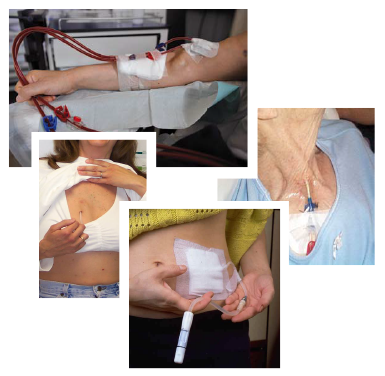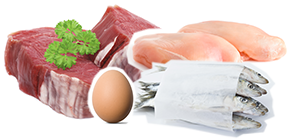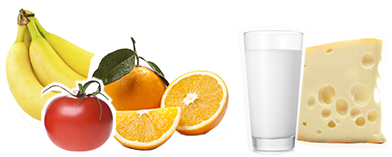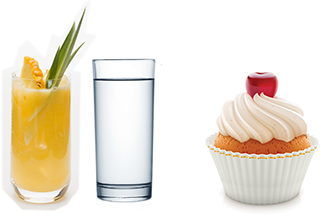You will have an procedure to put a small tube (PD catheter) in your tummy. You may choose to place the small tube at an alternate site (chest area). You may have slightly larger waistline due to carrying fluids.
There are two types of access for hemodialysis. You will have an procedure to put a tube at your neck/chest area; or you will have an operation on your arm to form a fistula for needle insertion. You may see lumps on your arm at the needle insertion site.
There are two types of access for hemodialysis. You will have an procedure to put a tube at your neck/chest area; or you will have an operation on your arm to form a fistula for needle insertion. You may see lumps on your arm at the needle insertion site. You may see lumps on your arm. A tube coming out of the chest area is more common for in-centre hemodialysis (ICHD).

Since dialysis is performed at home, you can adjust your dialysis schedule around the activities you want to participate. If you are on APD, dialysis is done every night during your sleep, your daytime is free for any sports activities.
If you like team sports, you may need to wear something to protect your dialysis access. If you like swimming, your clinic may only let you swim in the ocean or chlorinated pool. You may need to wear something to keep your catheter dry during your swim. Check with your clinic first for safety measures before sports activities.
Since dialysis is performed at home, you can adjust your dialysis schedule around the activities you want to participate. If you are on hemodialysis overnight during your sleep, your daytime is free for any sports activities.
If you like team sports, you may need to wear something to protect your dialysis access. You can swim if you are on hemodialysis and if it fits with your dialysis schedule. However, you may still need to cover your access or catheter. Check with your clinic first for safety measures before sports activities.
Since you need to go to hospital for dialysis and the schedule is set by the clinic, you will not be able the join the sports activities that doesn’t fit your dialysis schedule. In addition, you may feel tired after treatments.
You may need to wear something to protect or cover your dialysis access when you join sports activities. Check with your clinic for safety measures before sports activities.


There are diet restrictions for any type of dialysis. You need to limit the intake of phosphorous (e.g. Dairy products), sodium (e.g. canned, processed food), potassium (e.g. banana, tomatoes), etc. 1-8
However, since PD is done daily, it removes potassium more frequently and you may have less restriction on potassium 3,4
If you have reduced urine output, you would need to limit your intake of fluids. Dialysis sessions will help you get rid of excess fluid. Home dialysis such as peritoneal dialysis and daily home hemodialysis is performed daily and fluids will be removed daily. You may not be as limited if you are on daily dialysis. 4,6,8
You also need additional protein (e.g. fresh meat and poultry) as dialysis removes toxins as well as valuable protein and amino acids. Note that some of the high-protein food may contain a lot of phosphorous. 4,7
Most of the PD solution contains dextrose, a form of sugar, providing additional calories to patients. PD patients may need to restrict excessive intake of fat and sugar. 4,7
Discuss with your dietitians and they will help you to make appropriate diet and fluid choices.
There are diet restrictions for any type of dialysis. You need to limit the intake of phosphorous (e.g. Dairy products), sodium (e.g.canned, processed food), potassium (e.g. banana, tomatoes). 1-8
However, the more dialysis session you do, the less restrictions. Since HHD is done more frequently, it removes phosphorous and potassium more efficiently and you may have less restriction on potassium. 1-4
If you have reduced urine output, you would need to limit your intake of fluids. Dialysis sessions will help you get rid of excess fluid. Home dialysis such as peritoneal dialysis and daily home hemodialysis is performed daily and fluids will be removed daily. You may not be as limited if you are on daily dialysis. 4,6,8
You also need additional protein (e.g. fresh meat and poultry) as dialysis procedure removes toxins as well as valuable protein and amino acids. Note that some of the high-protein food may contain a lot of phosphorous. 4,7
Discuss with your dietitians and they will help you to make appropriate diet and fluid choices.


There are diet restrictions for any type of dialysis. You need to limit the intake of phosphorous (e.g. Dairy products), sodium (e.g. canned, processed food), potassium (e.g. banana, tomatoes). 1-8
Since In-centre hemodialysis is done 3 times a week, you may have accumulated waste and toxins between sessions and need to pay closer attention to your diet. 8
If you have reduced urine output, you would need to limit your intake of fluids. In-centre hemodialysis is done only 3 times a week, so you may have accumulated excess fluids in between sessions. 4,6,8
You also need additional protein (e.g. fresh meat and poultry) as dialysis procedure removes toxins as well as valuable protein and amino acids. Note that some of the high-protein food may contain a lot of phosphorous. 4,7
Discuss with your dietitians and they will help you to make appropriate diet and fluid choices.